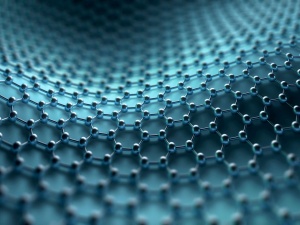Unraveling Metal Corrosion: Insights from Advanced Imaging Techniques
Challenges in Artifact Conservation
The conservation of cultural artifacts presents complex challenges, particularly when dealing with mixed media objects that incorporate sensitive organic materials alongside tarnished silver. Traditional cleaning methods for silver often cannot be applied in such cases due to potential damage to these organic materials. To address this issue, the PANNA project, which stands for "Plasma and Nano for New-Age Soft Conservation," is exploring advanced cleaning techniques using plasma generated at atmospheric pressure. This innovative approach aims to restore damaged materials and develop new protective coatings.
The primary focus of this research is on understanding the corrosion process in historical materials like silver and glass. For instance, tarnish on silver-copper alloys, like sterling silver, is a result of sulfidation, which involves the reaction of gaseous sulfide compounds with the metals, forming silver and copper sulfides. To effectively clean such tarnished surfaces, researchers are investigating the use of plasma treatments.
To gain insights into the differences between pure silver, sterling silver, and pure copper corrosion, the study employed multiple imaging techniques, including Scanning Electron Microscopy (SEM), digital light microscopy, and confocal laser scanning microscopy (CLSM). These techniques allowed researchers to observe distinct variations in surface corrosion.
Pure silver exhibited a dual-layer structure, while sterling silver displayed green-colored islands and pink and yellow borders in addition to surface crystals. Pure copper showed grain boundaries with similar coloration to the islands in sterling silver. CLSM revealed the complex surface topology, indicating that the relationship between color, structure, and compound composition is intricate.
The study also tracked the corrosion process over time, revealing that corrosion in sterling silver occurs in two stages, with the more reactive copper corroding first, followed by silver.
In conclusion, this research provides a deeper understanding of the corrosion process in different metals and alloys, highlighting the significant impact of even small copper admixtures on corrosion behavior. This knowledge is crucial for improving plasma-based cleaning methods and preserving historical artifacts effectively. Further research is ongoing to explore chemical composition inference from color data and other influencing factors, taking a significant step towards the comprehensive analysis of metallic corrosion.



